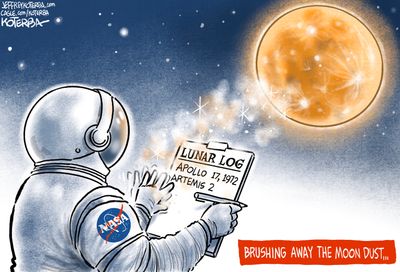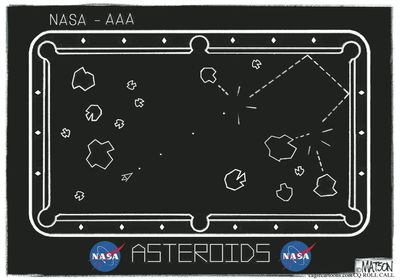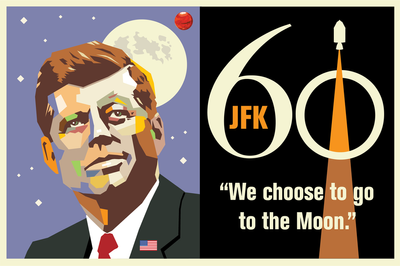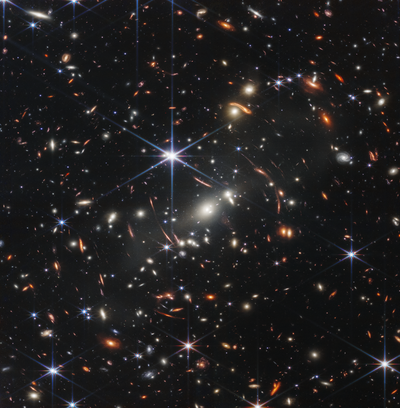NASA’s James Webb Space Telescope has produced the deepest and sharpest infrared image of the distant universe to date. Known as Webb’s First Deep Field, this image of galaxy cluster SMACS 0723 is overflowing with detail.
Thousands of galaxies – including the faintest objects ever observed in the infrared – have appeared in Webb’s view for the first time. This slice of the vast universe is approximately the size of a grain of sand held at arm’s length by someone on the ground.
This deep field, taken by Webb’s Near-Infrared Camera (NIRCam), is a composite made from images at different wavelengths, totaling 12.5 hours – achieving depths at infrared wavelengths beyond the Hubble Space Telescope’s deepest fields, which took weeks.
The image shows the galaxy cluster SMACS 0723 as it appeared 4.6 billion years ago. The combined mass of this galaxy cluster acts as a gravitational lens, magnifying much more distant galaxies behind it.
Webb’s NIRCam has brought those distant galaxies into sharp focus – they have tiny, faint structures that have never been seen before, including star clusters and diffuse features. Researchers will soon begin to learn more about the galaxies’ masses, ages, histories, and compositions, as Webb seeks the earliest galaxies in the universe.
Galaxy Cluster SMACS 0723
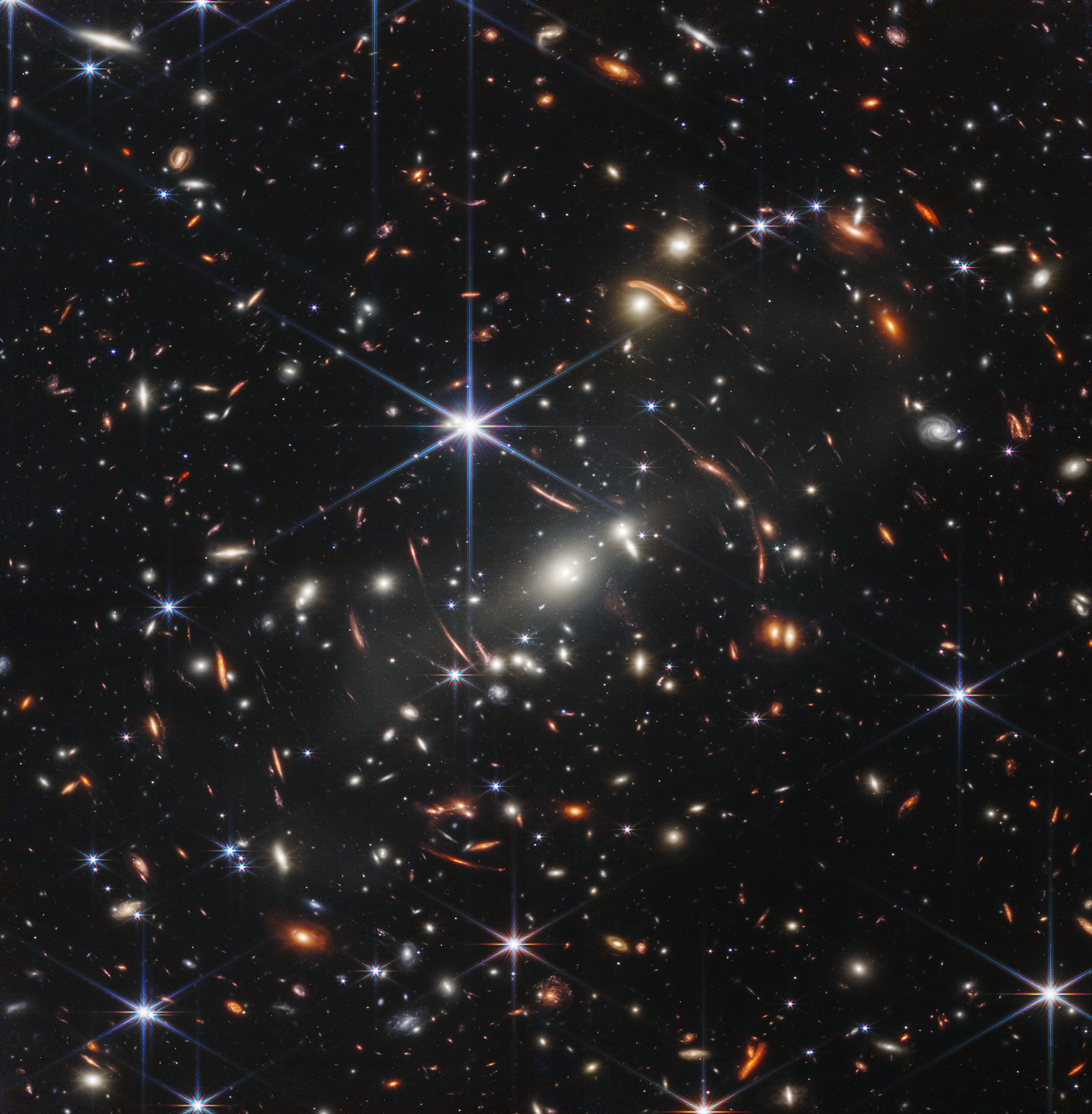
Learn More About The Most Detailed Image of the Early Universe to Date
This image shows many overlapping objects at various distances. They include foreground stars, galaxies in a galaxy cluster, and distorted background galaxies behind the galaxy cluster. The background of space is black. Thousands of small galaxies appear across the image. Their colors vary. Some are shades of orange, others are white. Most appear as fuzzy ovals, but a few have distinctive spiral arms. In front of the galaxies are several foreground stars. Most appear blue with diffraction spikes, forming eight-pointed star shapes. Some look as large as the galaxies that appear next to them. A very bright star is slightly off center. It has eight blue, long diffraction spikes. In the center of the image, between 4 o’clock and 6 o’clock in the bright star’s spikes, are several bright, white galaxies. These are members of the galaxy cluster. There are also many thin, long, orange arcs. They follow invisible concentric circles that curve around the center of the image. These are images of background galaxies that have been stretched and distorted by the foreground galaxy cluster.

